Seven Windows 8 Workarounds
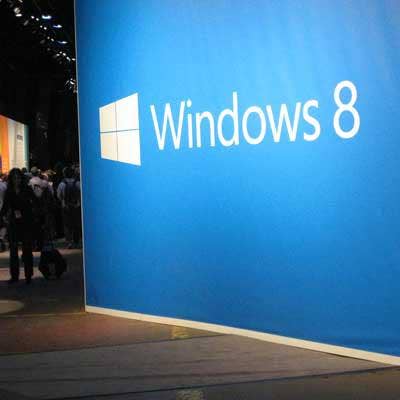
Retro Metro
Now that Windows 8 is here, tons of new machines are shipping each day with Microsoft's new touch-sensitive operating system pre-installed. Like it or not, your customers might be deploying desktops and laptops that deliver a totally new experience than what users have become accustomed to for more than a decade.
And, people don't like to be unproductive. To help ease the transition to Redmond's latest, here are seven Windows 8 workarounds for some of the likeliest of issues.
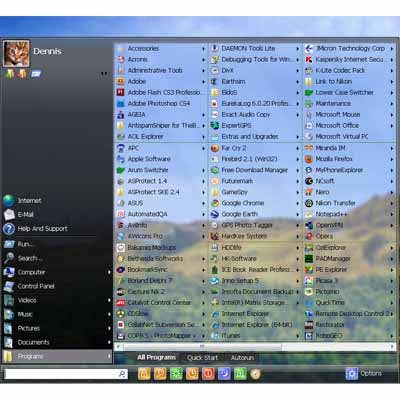
1. Ex-Start Menu
The departure in Windows 8 from the Start-button-on-desktop metaphor is perhaps the most radical change in UI history, and it's the one that will hit users early. But, it doesn't have to be permanent. There are a number of free and inexpensive tools that restore the Start menu to its rightful place in the universe -- on the desktop.
One of the better free utilities is Start Menu X from independent developer OrdinarySoft. The tool replaces the Start menu in Windows 7, Vista and XP and adds one to Windows 8. Start Menu X improves Microsoft's own Start menu with features such as automatic alphabetization of menu items, customizable lists and power buttons, support for virtual entries and a Run button. There's even a "Skip Metro at Startup" option at installation. The best thing about it? It makes no modifications to Windows, so when you quit, it's gone. And that's good, because it takes a few liberties with the Start key but puts them back when it's done.
You might also look at Start8 and Pokki for Windows 8.
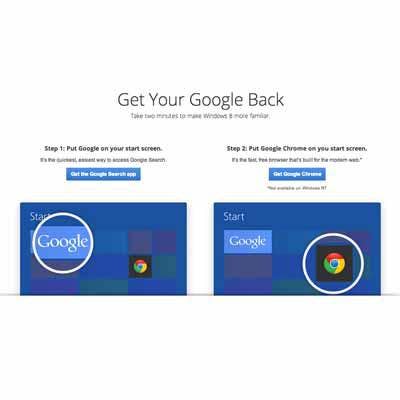
2. Got Google?
The next thing on our list was to restore Google to its rightful place as the default search engine and Chrome as the default browser. Internet Explorer 10's nice and all, with its "Metro" look and feel, but we've grown accustomed to Google Apps and Search. Google makes this quick and easy with the Get Your Google Back website, a one-stop shop for downloading and documentation of what, for some, are the bare necessities of life. This doesn't get rid of Bing; it just makes it less prominent.
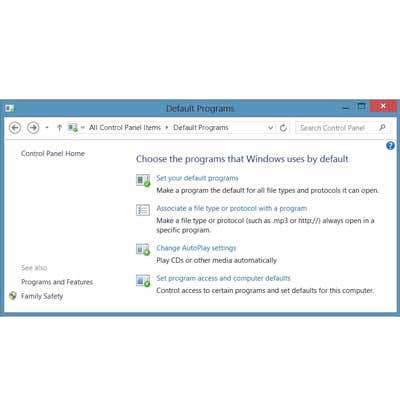
3. Kill 'Live Apps'
Windows 8 by default makes itself the launcher of pretty much all files. So, for those of us who prefer to hang out in Desktop mode, double-clicking an image and getting Win8's "Photo" instead of WinEverythingElse's "Paint" gets old real fast. To make Win8 stay in Desktop mode, simply right-click (or long-tap) a file and reassign the default program in the menu that appears. To change file associations in bulk, simply visit the Default Programs Control Panel (shown) and change the desired settings. Until you get all the file types hammered down, the Start key will toggle between Desktop and Metro screens, and Start-D combo will show and hide Desktop windows alternatively. The exception here is for Start Menu X users, in which case Start-D toggles the Start Menu as in Windows 7. To quit a Live App, just press ALT-F4 (as in Win7) or grab it (or tap with a fingertip) at the top-center and drag it downward off the screen.
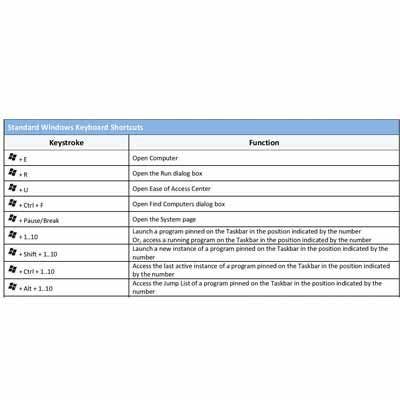
4. Hot Corners
We've lauded Microsoft on numerous occasions (and chided it beforehand) for instituting Hot Corners, which activate the Charms bar when mousing into the upper-right and the application switcher in the upper-left. In essence, this function returns mouse users from Windows 8 exile but provides minimal additional functionality beyond access to basic operating functions. These include access to system settings and some devices, finding, sharing and launching files, and switching between running apps. We can only guess at why Microsoft chose to make only the corners hot instead of the entire right and left sides. It might be easier just to memorize a few keyboard shortcuts:
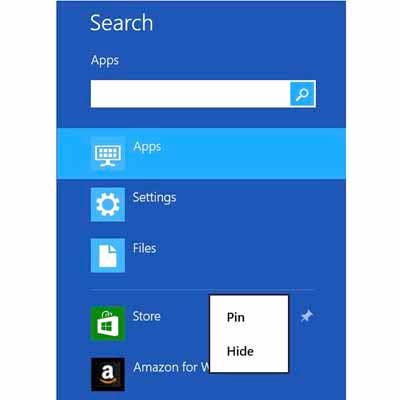
5. Pinterests
As in Win7, Win8 allows commonly used app icons to be pinned here and there for quick access. A Tile is created in the Metro screen for each app that's installed; long-tap a Tile to rearrange it. When big adjustments to the Metro screen itself are needed, simply pinch to shrink so that all Tiles are visible in a single screen. Then rearrange as needed. To pin an app to the Search Charm, use the Search Charm to search for it. When it appears under the search bar, right-click it and select "Pin." For the Desktop, the best way to pin an app to the Taskbar is to right-click it when it's running and select "Pin to Taskbar." To create a Tile for a Desktop app in Metro, right-click the app's Desktop icon and select "Pin to Start."
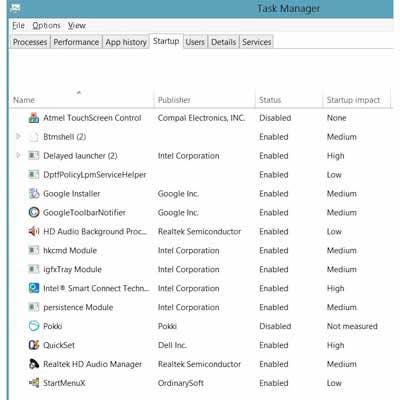
6. Startup Apps
The loss of the Start menu also meant the loss of the Startup folder, and apps that used to start on launch no longer do. In Windows 8, Startup items are handled by the Task Manager, which is invoked by selecting it from the right-click (or long-tap) Taskbar menu or from the menu that appears after hitting CTRL-ALT-DEL. Once there, tap the "More Details" control and select the Startup tab. Here Microsoft provides information about the performance impact of startup items and the ability to turn them on/off. Adding items to the list is a bit more complicated. To add items for all users, sign in as an administrator and enter the following path into Windows Explorer to display the hidden folder: C:\ProgramData\Microsoft\Windows\Start Menu\Programs\Startup. To add startup items for an individual user, use this path: C:\Users\(User-Name)\AppData\Roaming\Microsoft\Windows\Start Menu\Programs\Startup. Once shortcuts for the desired startup items are placed in the appropriate folder, they should appear in the Task Manager's Startup tab the next time it's opened. Of course, third-party Start menu add-on tools such as Start Menu X also restore the Startup folder.
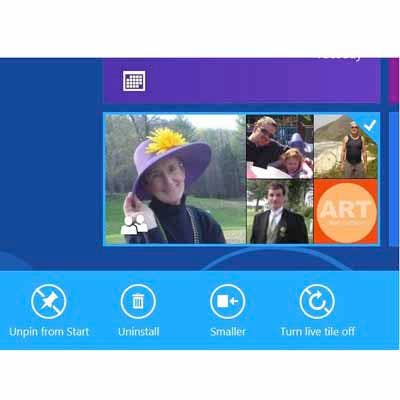
7. Killing Live Tiles
Live Tiles are like tiny portals into the soul of an application, and we can think of dozens of ways to use them to improve productivity. But they're also intrusive, and by default they might display pictures that users might never have intended to be made public. If you're hooked up to Facebook for example, its Live Tile rotates through the profile pictures of your friends, which are completely out of your control. One way to deal with this and keep seeing the images would be to long-click the Tile and move it to a less conspicuous Metro section. To disable the live feed (your only other choice), right-click the tile until its settings controls appear at the bottom of the screen (shown) and select "Turn live tile off."